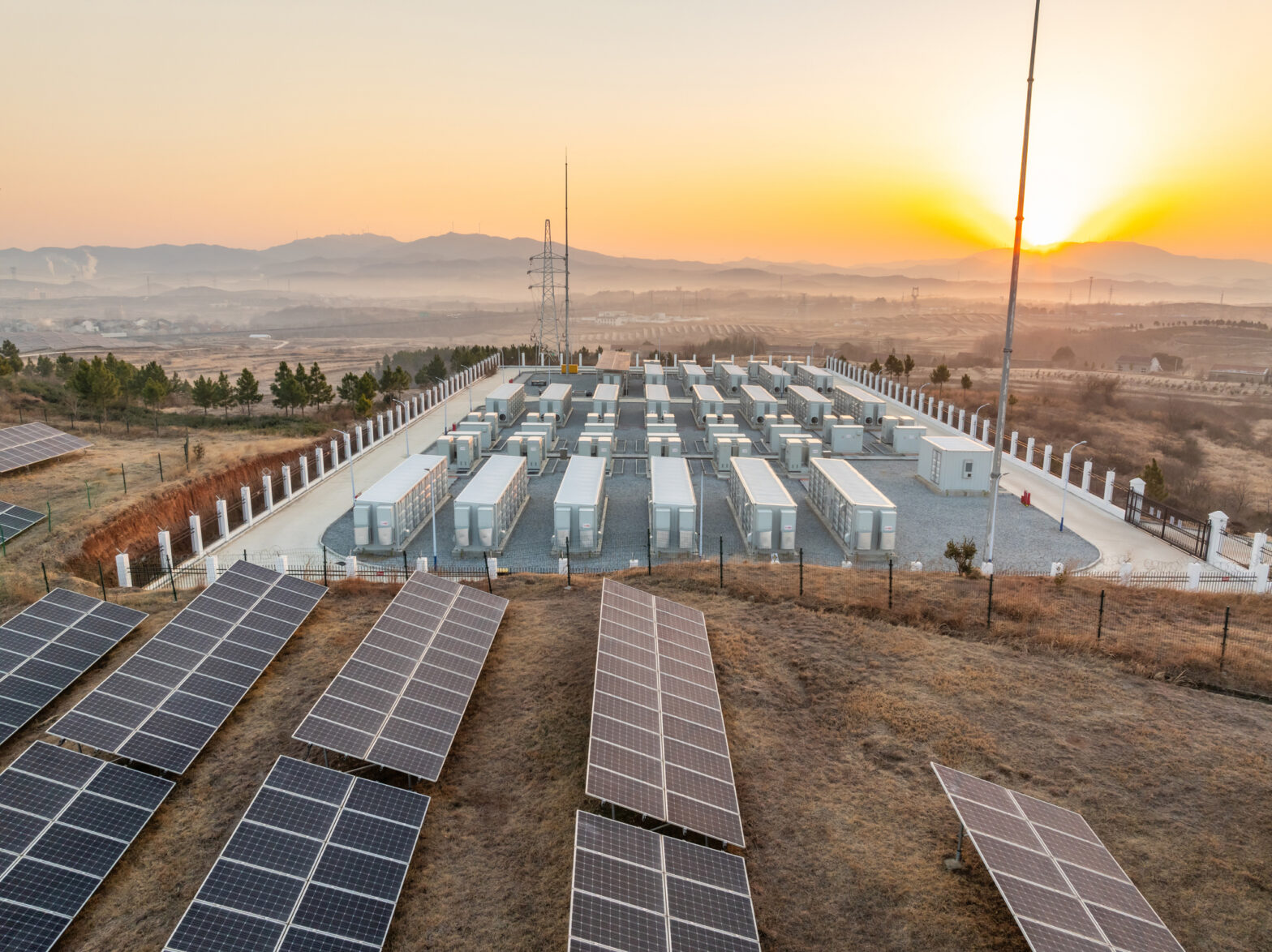The clean energy transition requires updated data uses, yet we’re not tapping the full value from data. While other sectors have transformed into data-fueled service-based industries, utilities and the surrounding market of energy service providers are yet to realize the potential value from data-driven business processes and consumer engagement.
The consumer economy utilizes data to personalize our shopping experiences and entertainment options in ways that now seem second nature. We have grown accustomed to personalized alerts and promotions offered by household name companies, from weather notifications to airfare deals. In healthcare, meanwhile, an essential service with parallels to energy, tremendous attention has been paid to updating the rules and access requirements for medical records, with the result being a reasonably well functioning system to store and share patient records between providers while protecting patient privacy.
We have placed high expectations on utilities to transform from a century-old business focused on commodity delivery to one that facilitates clean energy services, ranging from energy usage tips to home electrification and integrating EVs. Yet utilities remain at a data disadvantage. To accelerate clean energy at scale, the utility sector needs to employ comparable data uses, customer personalization and marketing techniques that are standard practice elsewhere in the consumer economy.
The “utility of the future”–which, let’s be honest, is one that we need today–needs updated data management capabilities, integration with third-parties, and more, in order to curate customers’ experience and bring forward solutions that bridge the divide from consumer to a prosumer future. This will require new levels of investment in robust data warehouses and API-based architecture that links data to solution development and service delivery–functions that Uplight provides through our Connect data platform and the end-to-end customer experiences that it serves. The combination of data-driven insights paired with incentives for program participation and friction-free consumer engagement is needed to grow programs and help more utility customers enjoy the benefits of clean energy.
The utility of the future also needs more than technology, it needs a functional compact for data stewardship that protects customer data while enabling public benefit data uses. That includes three key features:
- Building data access tools that allow customers to access and share their own data.
- Clarity and expansion of utilities’ own allowed uses for data, to unleash utilities potential to achieve public policy goals in balance with consumer protections
- Appropriate data exchange between utilities and their vendors or business partners that achieves common interest objectives.
An outcome-oriented utility begs for purpose-built data uses
There are legitimate reasons utilities are not the titans of data-driven consumer engagement that the above paragraphs imagine. First is the utility business model, which favors investment in large capital infrastructure while software and data systems are commonly treated as operating expense and thus subject to constant cost pressures. But as any student of the 21st Century economy should recognize, software and digital infrastructure constitute a large share of needed investment for businesses to thrive and get consumers’ attention today.
In addition, the utility industry has proceeded cautiously in opening up broad data uses and data sharing between utility and other service providers, in the interests of customer privacy and grid security concerns. Appropriately so. The last thing anyone wants is for a “wild west” of customer energy data transacted in an unrestrained manner, in which personal details of household consumption or purchase information is widely available, or customers get bombarded with misleading or unwanted sales pitches for ill-suited products and services. Add to this a concern creating a monopoly advantage to utilities. In the case of data, the suggestion is that a utility’s collection of customer usage data provides a competitive advantage that other service providers do not enjoy, and as a result permitted data uses by the utility need to be restricted to prevent them from disadvantaging the third-party market.
These are each reasonable concerns that need careful consideration. However in combination, they are holding back the modern, consumer-centric smart grid that we need. Rather than promote a value-laden market for energy services, including large expansion of energy efficiency and clean energy services, the existing data construct is contributing to slower program growth and solution development than the energy transition demands. Utilities are creating energy and cost-saving products and services for their customers and the energy ecosystem that are either unknown to their customers or not accessible to the wider sector.
In order to meaningfully educate and inform consumers, including timely and personalized information to inform spending decisions for home efficiency and electrification, the sector needs data standards that are fit for the job. That includes giving utilities a central role in utilizing data to promote clean energy investments. If anything, the regulated, public benefit orientation of utilities could provide a healthy data construct that is outcome-oriented toward clean energy and consumer benefit, while mitigating data abuses and market power concerns that we witness in other sectors.
Don’t throw the data out with the bath water
Of course, data concerns are not new to our sector. Businesses, government, and experts have worked on data access for years, producing a slew of efforts that tackle pieces of the puzzle. The opportunity was recognized in the 2009 ARRA stimulus investments and related smart grid initiatives. During that period, White House and Department of Energy efforts led to the DataGuard standards that provide principles for protection, sharing, and uses of customer data. However (to this author’s knowledge), DataGuard has not been formally adopted or well utilized in practice. It offers guidance and commonsense standards, but momentum slowed since its creation due to persistent complications and hesitancy among state actors, utilities, and vendors to undertake meaningful data sharing according to DataGuard principles.
Obama-era efforts also helped create the Green Button Alliance and resulting Download My Data and Green Button Connect standards. These provide a way for customers to access their energy data and share it with third parties–seeking to address the competition concerns discussed above and offering useful tools in the solution suite that we need. However they don’t incent investment in data capabilities at the utility itself, which remains the greatest potential promoter and integrator of new energy solutions.
Recently, a handful of states are forging a path to build platforms for the consolidation, access, and presentation of data. New York and New Hampshire are leading examples, while other northeast states are contemplating similar approaches. These offer great promise, although questions loom over platform architecture decisions and how best to standardize data and manage permissions, among others.
These are all important efforts that need continued support to build and improve upon. But they should not be pursued at the exclusion of arming utilities to be good data stewards themselves.
Utilities as data stewards for customer and public benefit
So what is needed? The utility sector needs to break its data logjam and adopt a modern, sensible data construct that achieves policy and consumer objectives. That includes allowing utilities similar data uses within and across their programs as businesses in the competitive economy utilize. If monopoly regulation seeks to mimic the prices and service quality that a business would otherwise provide if it operated in a competitive market, utilities should be expected to utilize data and personalization techniques in their customer engagement that are common practice in e-commerce. (Of course, this applies strictly to operations within the regulated utility company; limitations are appropriate for how data can be shared with a utility’s competitive affiliates.)
Coupled with this–and in fact as a prerequisite for those allowed uses–utilities need to invest in customers’ data privacy and access permissions. That’s the utility’s responsibility, and an obligation to customers. It is also fair and appropriate for utilities to commit to this in exchange for some clarity and expanded uses of data.
This and more needs attention to build an improved data framework. Fortunately, building blocks and established principles exist, whether from DOE and other efforts of the past 15 years, or to be borrowed from other industries. Those include:
- Affirm customers’ rights to their usage data, which utilities also utilize for purposes including billing, operations, and system planning.
- Make the utility (in most cases) stewards of customers’ data, with responsibility for presenting data access and management solutions to their customers.
- Give a fresh look at utilities’ allowed uses, in a manner that enables greater personalization and which can serve as an accelerant rather than an inhibitor to achieving public policy goals.
- Adopt privacy-centered design practices in all energy products and data systems.
- Develop constructive terms between utilities and service providers–including device manufacturers, auto OEMs, and other third-party solution providers–that allow managed data exchange in order to achieve mutual aims without violating customer data protections.
- Increase utility investment in modern data systems that move beyond out-moded systems of the past that perpetuate bad data quality and structures.
Data is an essential ingredient to achieve Uplight’s mission to scale clean energy through seamless customer engagement and solution development. Data underlies necessary consumer engagement to support rapid scaling of clean energy that also achieves bill savings, grid stability, and market innovation. And years of grinding efforts attest that data access is a widely held interest across the sector. It’s a good time to recenter that conversation to a practical, outcome-oriented focus that applies the strengths and virtues of the regulated utility business in a manner that can unleash opportunities for data-informed solutions while promoting privacy-centered customer protections.





